In the bustling city of Osaka, the art of wielding chopsticks is more than just a functional skill – it’s a cultural expression. Mastering the proper grip, movement, and etiquette can make all the difference in elevating one’s dining experience and showcasing respect for Japanese traditions. Whether you’re a local or a visitor, understanding the nuances of chopstick use is essential for navigating Osaka’s vibrant culinary landscape. But the journey to chopstick mastery holds more than just practical benefits…
Good To Know
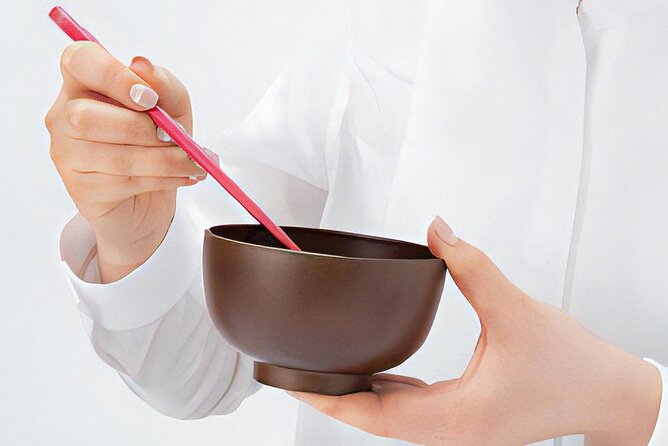
Observe proper chopstick grip technique by placing the thicker end between the thumb and index finger, resting the other end on the middle finger.
Navigate the dining table with poise, picking up food gently one piece at a time and avoiding stabbing or spearing the food.
Understand the etiquette of placing chopsticks on the table between courses at formal meals, and holding or placing them on the table in casual settings.
Refrain from tapping chopsticks on the table or plate, and use them to push food rather than spear it.
Demonstrate respect for Japanese customs by avoiding vertical placement of chopsticks in rice and pointing them at others.
The Importance of Proper Chopstick Etiquette
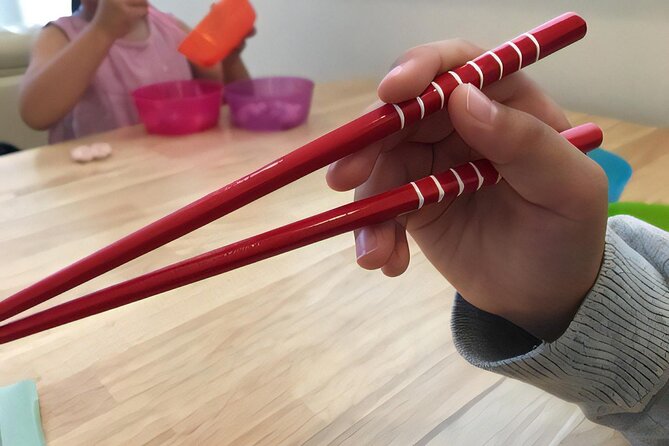
Although eating with chopsticks may seem simple, mastering proper chopstick etiquette is crucial when dining in Japan. In this traditional culture, using chopsticks incorrectly can be seen as disrespectful.
For instance, never stick your chopsticks vertically into your rice, as this resembles incense sticks used at funerals. Plus, avoid pointing your chopsticks at others or passing food directly from one person’s chopsticks to another’s.
Proper chopstick handling demonstrates your appreciation for Japanese customs and helps you avoid unintentionally offending your dining companions. Mastering these etiquette rules will ensure you enjoy your meal with confidence and respect.
Find more activities and experiences we've covered in Osaka Prefecture.
Understanding the Anatomy of Chopsticks
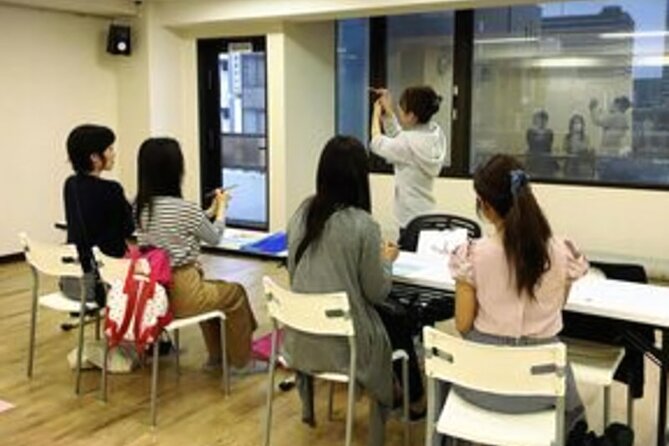
Chopsticks, the ubiquitous eating utensils used throughout East Asia, come in a variety of shapes, sizes, and materials. Typically made of wood, bamboo, plastic, or metal, they’ve a distinctive tapered design with a rounded, blunt end and a pointed end.
The length can range from 9 to 12 inches, with the longer chopsticks traditionally used for cooking and serving. The thickness also varies, with thinner chopsticks requiring more dexterity to manipulate.
Understanding the basic anatomy of chopsticks is the first step in mastering their proper use, which is an essential skill for enjoying authentic Japanese cuisine.
Mastering the Proper Grip Technique
The proper grip is crucial for wielding chopsticks with dexterity and control. Start by placing the thicker end of the chopsticks between your thumb and index finger.
Rest the other end on your middle finger, using your ring and little fingers to stabilize the grip. Keep your thumb and index finger loose and flexible, allowing the chopsticks to pivot with ease.
Practice picking up various objects, from grains of rice to larger pieces of food. With time and repetition, the movement will become natural and effortless.
Master this technique, and you’ll dine with confidence in Osaka.
Now that you’ve mastered the proper grip, it’s time to put your chopstick skills to the test at the dining table. Navigating a spread of dishes can be daunting, but with practice, you’ll feel confident maneuvering your chopsticks.
Start by observing the placement of shared plates and communal dishes. Gently pick up food one piece at a time, avoiding reaching across the table.
When eating, keep your elbows close and use small, controlled movements. Avoid stabbing or spearing food, and never use your chopsticks to point.
With poise and patience, you’ll seamlessly dine alongside your companions.
Chopstick Handling in Different Dining Situations
While the proper grip is essential, how one handles chopsticks can vary depending on the dining situation. At a formal multi-course meal, the chopsticks should be placed on the table between courses. When passing food, present the chopsticks vertically, not pointing at others.
At a casual meal, chopsticks can be left on the table or held in the hand. Some key tips:
- Balance chopsticks on the table when not in use
- Avoid tapping chopsticks on the table or plate
- Pass food with the chopstick tips facing down
- Use chopsticks to push, not spear, food
- Private Arrival Transfer From Osaka Itami Airport(Itm) to Central Osaka City
- Osaka Kansai Airport (KIX) to Kyoto – Round-Trip Private Transfer
- Osaka Kansai Airport to Arima-Onsen Resorts-Round-Trip Transfer
- Full-Day Private Guided Tour to Kyoto Temples
- Osaka Airport (Itm) to Osaka City – Round-Trip Private Transfer
- Full-Day Private Guided Tour to Sakai City
Developing Coordination and Dexterity
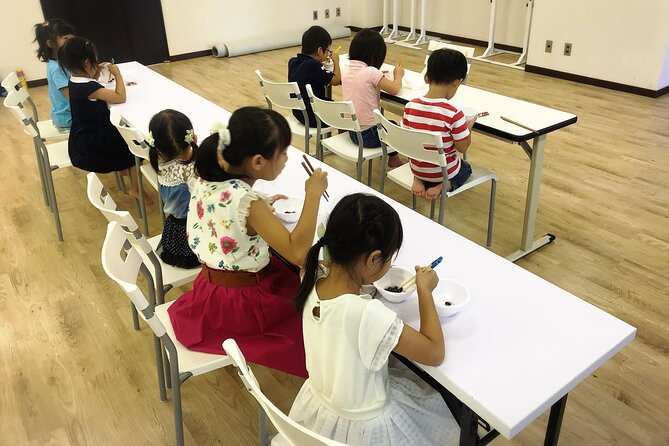
Although mastering the use of chopsticks may seem daunting at first, consistent practice can help develop the necessary coordination and dexterity. Beginners can start by holding the chopsticks loosely and focusing on moving them independently. With regular exercise, the fingers and muscles will become more accustomed to the chopstick grip and movements. This table outlines key exercises to improve chopstick skills:
| Exercise | Difficulty | Benefits |
|---|---|---|
| Picking up small objects | Beginner | Builds finger control |
| Transferring objects between chopsticks | Intermediate | Enhances coordination |
| Chopstick games and challenges | Advanced | Develops dexterity and speed |
Dedicated practice can transform chopstick usage from clumsy to confident.
Chopstick Etiquette in Japanese Culture
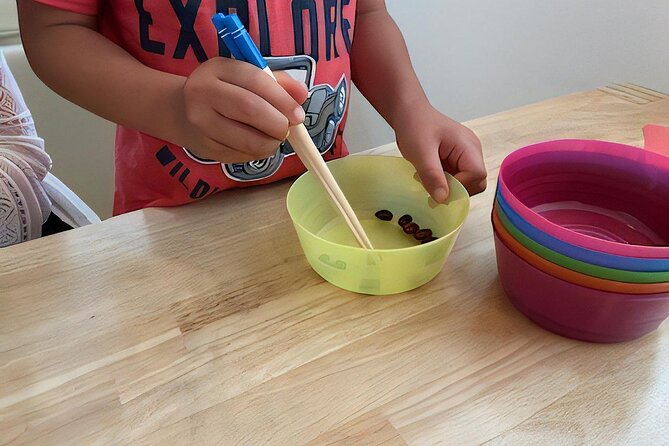
Chopstick etiquette is an integral part of Japanese dining culture, reflecting the country’s emphasis on respect, harmony, and mindfulness. From avoiding pointing chopsticks at others to never standing them upright in rice, these customs convey gratitude and consideration.
Additionally:
- It’s impolite to pass food from chopstick to chopstick, as this mimics a funeral ritual.
- Resting chopsticks on the table between bites, rather than in the food, is a sign of respect.
- Licking or sucking on chopsticks is frowned upon, as it’s seen as unhygienic.
- Leaving chopsticks crossed on the plate signals you’ve finished your meal.
Mastering chopstick etiquette enhances the dining experience and demonstrates cultural awareness.
Practicing and Perfecting Your Chopstick Skills
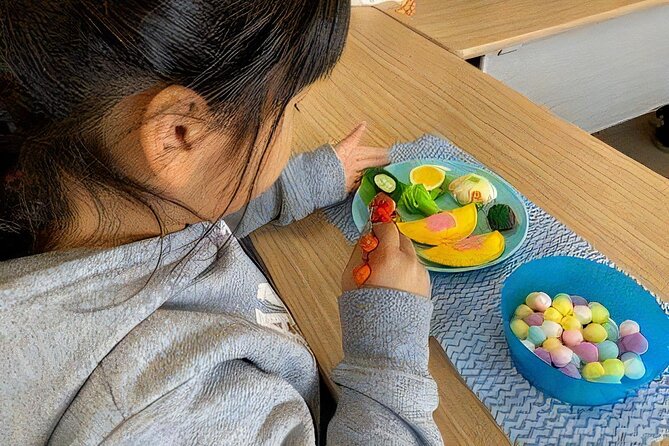
To master the art of using chopsticks, one must first understand the proper grip and technique.
Begin by holding the chopsticks with your thumb, index, and middle fingers. Keep your wrist straight and avoid letting the chopsticks cross.
Practice picking up various objects, like small pieces of food, to develop coordination and dexterity. With patience and regular practice, you’ll soon be able to gracefully maneuver chopsticks, even the most slippery morsels.
Mastering this skill takes time, but the ability to confidently use chopsticks will enhance your dining experiences in Japan and impress your hosts.
Frequently Asked Questions
Are There Any Health Benefits to Using Chopsticks?
Using chopsticks can provide some health benefits. They encourage slower, more mindful eating, which may aid digestion and weight management. Plus, the dexterity required to use chopsticks can help improve fine motor skills and hand-eye coordination.
Can I Bring My Own Chopsticks to the Experience?
You’re welcome to bring your own chopsticks to the experience, but the activity provides all the necessary tools and materials. Using the provided chopsticks will allow you to fully focus on mastering the proper techniques during the lesson.
How Long Does the Chopstick Training Session Typically Last?
The chopstick training session typically lasts about 1-2 hours. The exact duration isn’t specified, but most hands-on experiences like this run for around that timeframe to allow participants to learn the proper techniques and get comfortable using chopsticks.
Are There Any Age Restrictions for Participating in This Activity?
There are no age restrictions for this activity. Infants must sit on laps, and the experience is open to all ages that can comfortably use chopsticks. The activity welcomes participants of all skill levels.
Can I Practice Using Chopsticks Before the Scheduled Experience?
You can’t practice using chopsticks before the scheduled experience. The activity supplies all the necessary tools and materials, so you’ll get to learn and master the proper technique during the session.
The Sum Up
Mastering the proper use of chopsticks in Osaka is a valuable skill that demonstrates respect for Japanese culture. With practice, you’ll develop the coordination and dexterity to navigate the dining table gracefully. Remember, proper etiquette is essential, so avoid gestures like sticking chopsticks vertically into rice. By following these tips, you’ll impress your hosts and fully learn about the Osaka dining experience.
More Tour Reviews in Osaka Prefecture
Looking for something different? Other Osaka Prefecture activities we've written about
- Osaka: 2.5-Hour Private Scenic Hike to Minoo Waterfall
- Authentic Vegetarian Sushi Cooking Class in Osaka
- Private Kyoto Seaside Tour to Amanohashidate and Ine’s Boathouses
- JR West Kansai Area Pass 2 Day Pass
- Master Washoku: 5 Core Techniques for Authentic Cooking
- JR West Kansai Area Pass 4 Day Pass
- JR West Kansai Area Pass 3 Day Pass
- Private Transfer From Itami Airport ITM to Kyoto City by Minivan
- Osaka: Train With a Real Samurai – Exclusive Swordsmanship Lesson
- Private Transfer Between KIX Airport and Osaka City
- Kansai Railway Pass 2 Days
- Tea Ceremony Experience in Osaka With a Small Group
